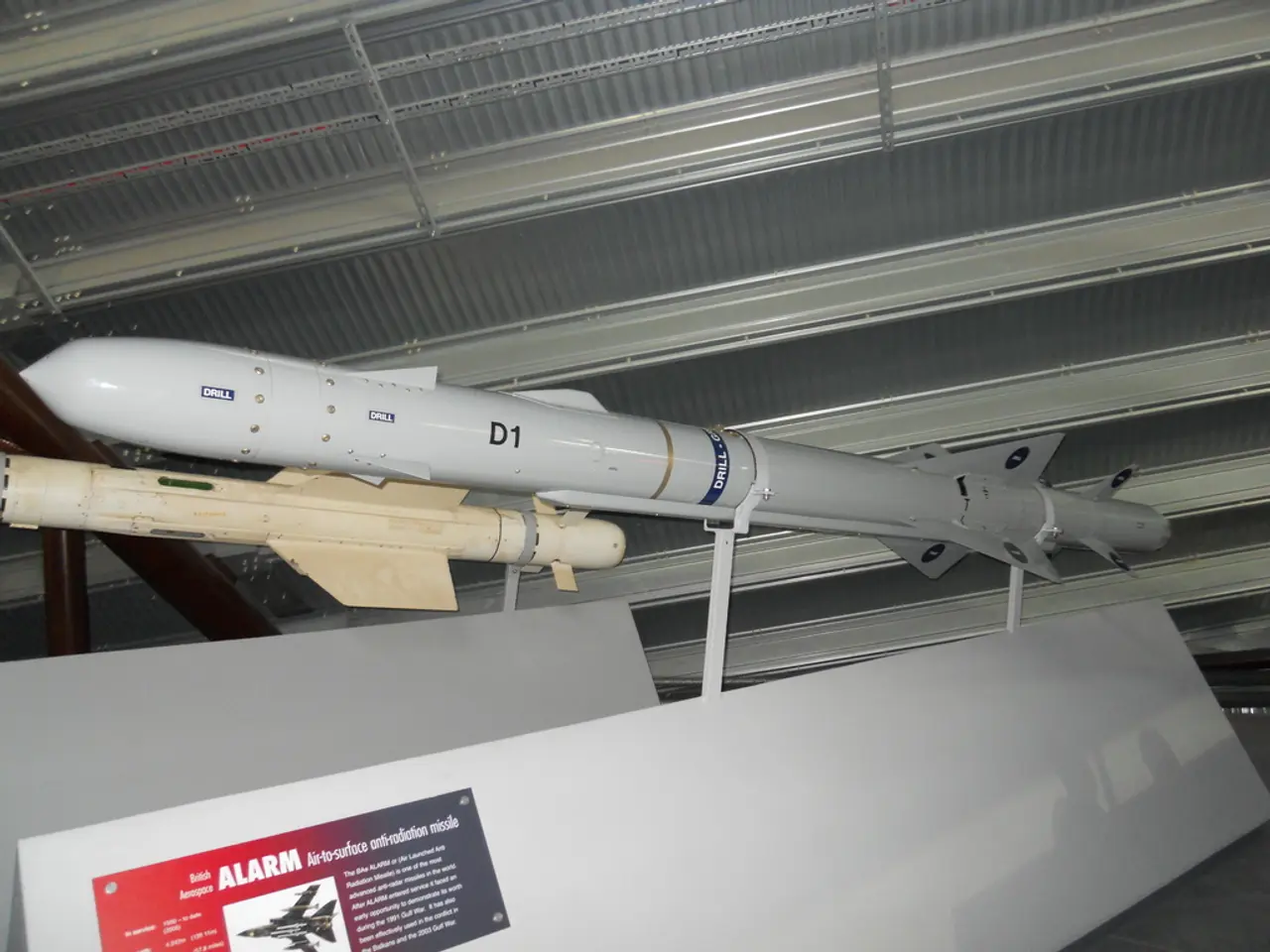Ukraine Outsmarts Russian Air Defenses: Exclusive Account of the Deceptive Counterattack - Foreign Enemies, Take Heed
In a significant development, Ukraine's military forces have successfully targeted a Russian S-400 air defense system in the occupied Crimea region. The operation, which took place overnight on November 22-23 last year in Kursk Oblast near Bolshoe Zhorovo, was the culmination of a carefully planned and executed strategy.
The success of the mission was facilitated by a combination of tactics and resources. Ukraine benefited from Western satellite and electronic intelligence, which provided crucial targeting data, helping identify the location and operational status of the S-400 components. The strike was carried out by the elite Prymary (“Ghosts”) unit of Ukraine's Main Intelligence Directorate (HUR), using FPV drones. These drones, possibly launched from a maritime carrier drone, allowed for precision strikes at close range.
The operation involved meticulous planning and was supported by human intelligence, which provided information on the layout and vulnerabilities of the target systems. While drones were used in the most recent attack, Ukraine has also employed Western-supplied systems like ATACMS missiles in previous operations against Russian air defenses. These systems have been effective in targeting radars and launchers in other regions.
The success of these operations was enhanced by coordination with Western allies, including the presence of Western active duty and contractor personnel who provided significant targeting support.
However, the mission was not without its challenges. Russian electronic warfare capabilities, such as Krasukha-4 and Repellent-1, were used to jam GPS signals, threatening missile navigation during the mission. Despite these obstacles, the Ukrainian forces managed to launch three ATACMS missiles from HIMARS systems, one destroying the radar, another hitting the launcher, and the third striking the ammunition depot.
The explosion marked a major success, as the S-400 posed a real threat to Ukrainian cities. However, the defense ministry in Moscow confirmed the attack but denied the S-400 was destroyed. The muted official reaction in Moscow regarding the attack on the S-400 suggests that the Russian military is still assessing the implications of this significant loss.
The mission demonstrates Ukraine's ability to combine satellite data, drone control, human intelligence, and advanced missile systems to outsmart its enemy. However, challenges remain, including Russian electronic warfare capabilities that can hinder precision-guided attacks and the reliance on dwindling stockpiles of advanced weaponry.
A Ukrainian drone operator named 'Shadow' shared an account of the mission that brought down a Russian S-400 air defense system. Analysts in Kyiv see the operation as proof that even Russia's most advanced systems can be vulnerable. The success of this operation serves as a testament to Ukraine's resilience and determination in the face of adversity.
Despite the Russian military's efforts to protect their S-400 air defense system through tactics like jamming GPS signals, Ukraine's strategic use of Western satellite intelligence, drones, and human intelligence proved effective in a bold operation to target and disable the system. This success in war-and-conflicts underscores the importance of politics and general-news in supplying the resources and support necessary for such military victories.








